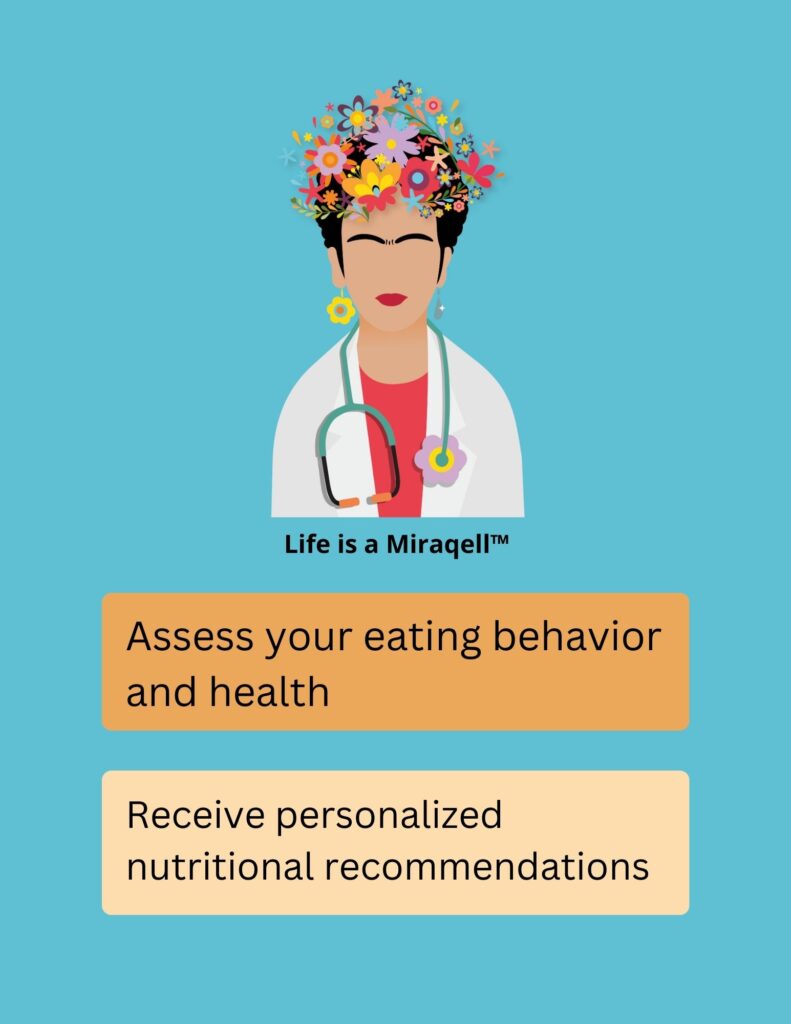Unknown aspects of chronic pain
While significant progress has been made in understanding chronic pain, there are still several aspects that researchers are working to unravel. Here are some Unknown aspects of chronic pain:
- Underlying Mechanisms: The exact underlying mechanisms of chronic pain are not fully understood. While acute pain serves as a protective response to tissue damage or injury, chronic pain often persists beyond the expected healing time and involves complex interactions between the nervous system, immune system, and other physiological processes. Further research is needed to comprehensively understand the molecular, cellular, and neural processes that contribute to the development and maintenance of chronic pain.
- Individual Variability: Chronic pain presents differently in individuals, and there is substantial variability in pain experiences and responses to treatments. Factors such as genetics, psychological factors, environmental influences, and neuroplastic changes contribute to this variability. Understanding why some individuals develop chronic pain while others do not, and why responses to treatments vary, requires further investigation.
- Diagnosis and Objective Biomarkers: Currently, there is a lack of specific diagnostic tests or biomarkers for chronic pain. Diagnosis is primarily based on subjective reports from patients, which can be influenced by various factors and may lead to challenges in accurate diagnosis. The development of objective biomarkers could enhance diagnostic accuracy and provide insights into the underlying mechanisms of chronic pain.
- Treatment Optimization: Despite numerous treatment options available for chronic pain, achieving optimal pain management remains a challenge. Many individuals with chronic pain do not respond adequately to existing therapies, and there is a need for personalized approaches that consider individual characteristics and underlying pain mechanisms. Developing more effective treatments, including non-pharmacological interventions, is an ongoing research area.
- Long-Term Consequences: The long-term consequences of chronic pain on physical and mental health are still not fully understood. Chronic pain can have profound effects on an individual’s quality of life, mental well-being, functional abilities, and overall health outcomes. Further research is needed to explore the long-term impact of chronic pain and identify strategies for prevention and mitigation of its negative consequences.
Chronic pain, despite years of research and medical advancements, still harbors a multitude of unknown aspects. The complexities surrounding its development, persistence, and individual variability pose significant challenges for both patients and healthcare providers. While scientists have made substantial progress in understanding certain mechanisms, there are still gaps in our knowledge. The underlying molecular and neural processes that contribute to chronic pain remain enigmatic, and the reasons why some individuals develop chronic pain while others do not are yet to be fully deciphered. Furthermore, the long-term consequences of chronic pain on physical and mental health, as well as the most effective strategies for prevention and management, continue to elude us. Unraveling these unknown aspects of chronic pain is a crucial pursuit that holds the promise of enhancing the lives of millions affected by this debilitating condition.




















